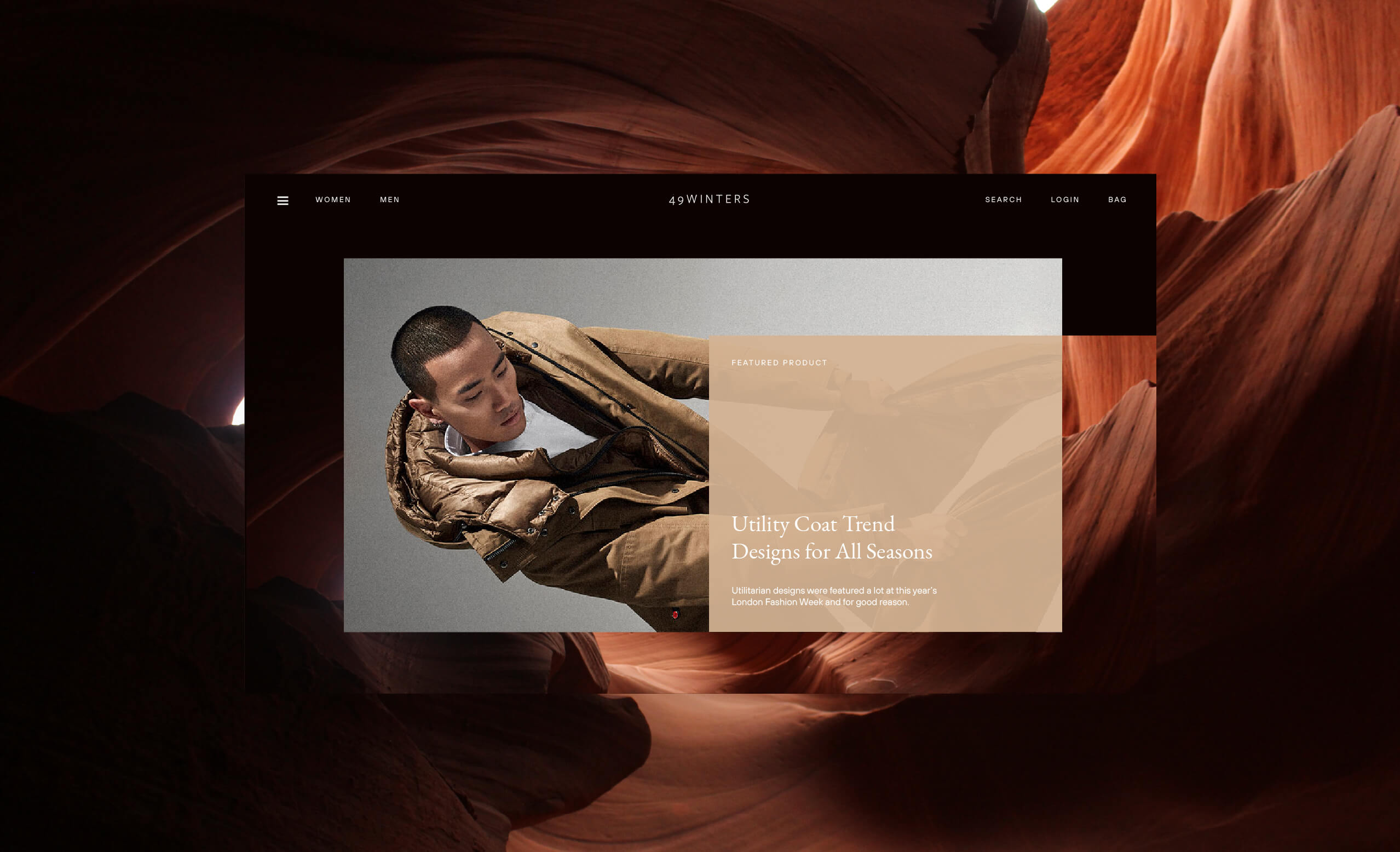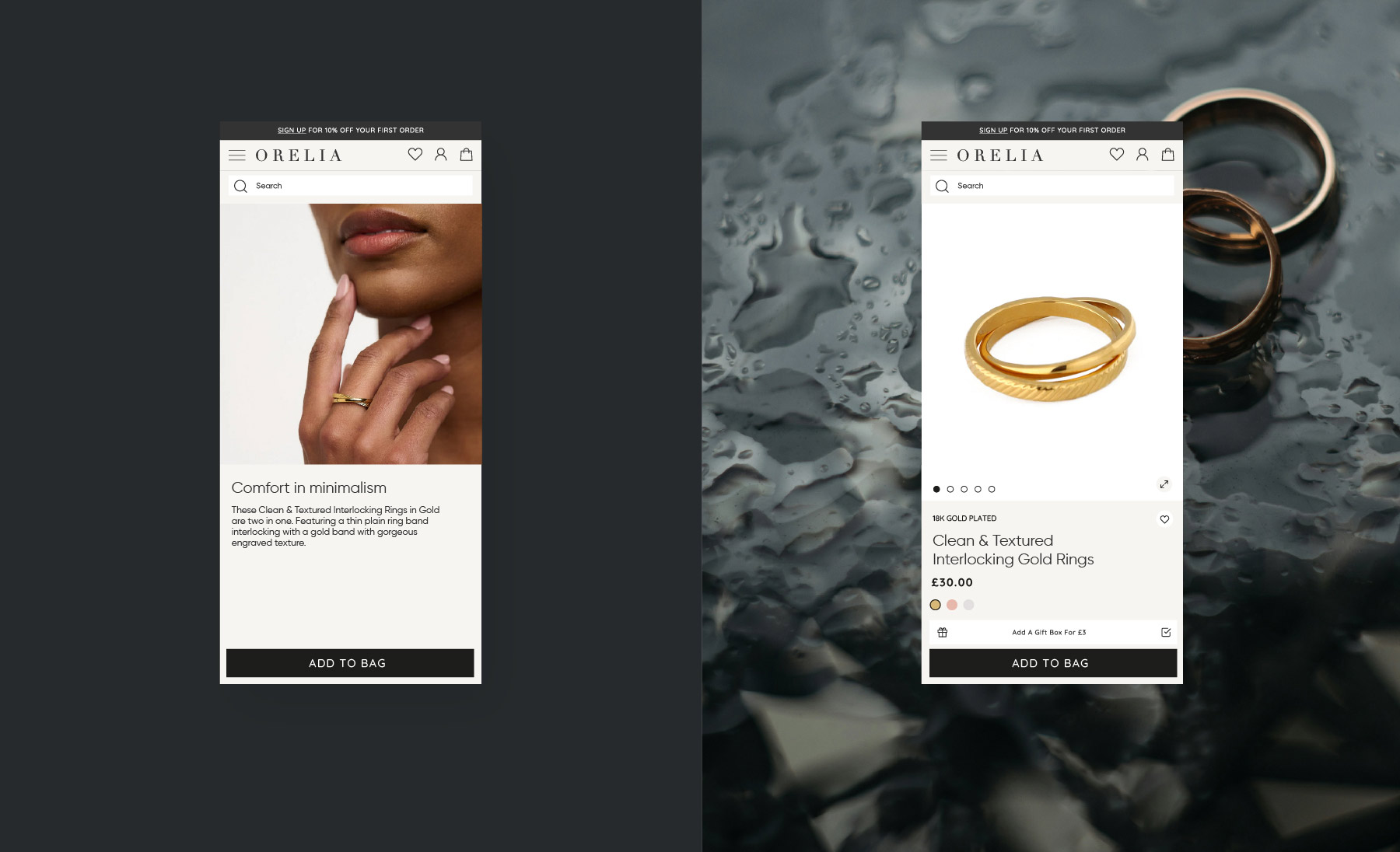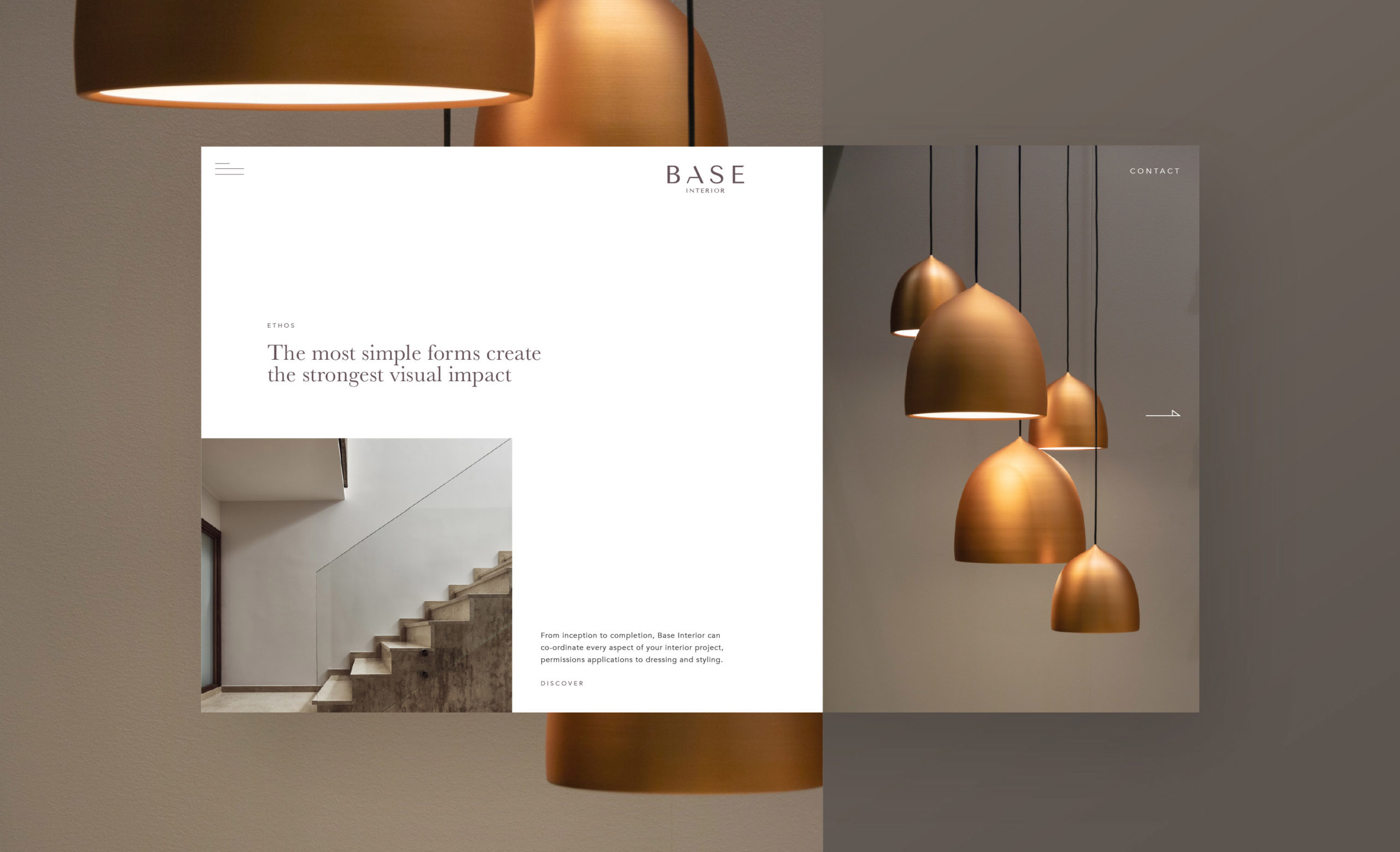Long Story Short
How to build a premium brand
- Luxury.
- Featured.
- Branding.

What makes a premium brand?
The question comes with an answer that varies depending on your industry, product and competitors, but in general, there’s a bunch of questions you can ask yourself or look to address if you want to elevate your brand. This article considers the why’s and how’s. First of all….

The how
What makes a brand premium? In short, a premium brand has to be more desirable than the competition to justify premium standing. How does one do that? Well…
A better quality product/service – seems obvious, but being better than the rest elevates you above the rest.
Better customer service – a key one, premium brands look after their customers to maintain their reputation. It’s part of the service, if you’re paying for a premium brand, you want the experience that goes with it, and that means top notch customer service.
Reputation – a combination of the outcome of the above two requirements. If your products are lousy but your customer service great, that won’t cut it. Similarly having an incredible product but crappy customer service may work for established luxury brands, but their customers won’t like it. For the aspiring premium brand, you’ve gotta be on it with your customer service. You want people talking about how awesome you are.
Customer loyalty – hand in hand with the above, customers love sharing good experiences, though sadly not as much as they like bitching about bad ones. A loyal customer though, becomes the most valuable ambassador you’ve got.
Identity – You’ve got to look the business. You’re going for premium after all, no room for slouches here. Yes this means your corporate identity, your logo, website and marketing materials. They all need to be polished and professional, and considered as part of a unified brand system to deliver recognisable consistency throughout. You also need to consider physical elements if you have them, your packaging or process for delivering your product. The visual representation of your brand needs to represent your premium status at each key touch point with the customer to re-enforce your position.
Consistency – To create a respected brand you need to consider consistency throughout. This means looking good, sure, but it also means delivering a recognisable product with matching service levels across the board. Not only does your product needs to be reliable and consistent, so does your physical presence, and all elements of your marketing, digital and communication arsenal. You need to be singing from the same hymn sheet in all areas, be undeniably your brand.
Unique – Premium brands stand out from the crowd, they’re recognisable, identifiable, and remembered. To do this they normally have something unique in their approach, be it the way they communicate with their customers or a signature bold style.
Perception – customer perception is what will make the difference in that 40% price increase you’re eyeing up. A combination of all of the above, and something that takes time to build.


How to get started
Well this isn’t going to happen overnight. Becoming a premium brand involves building trust in your audience which is something that happens over time, but initially you need to get your identity sorted and deliver that consistently throughout all your marketing materials, product and service. Focussing on this will help the outward impression of the business, so it’s a great place to start, however don’t underestimate the in-house requirements to improve service and product or all efforts will be for nothing. It’s no use looking the business if you can’t deliver on the promise, so when considering what can be done to make you look premium, also consider what can be improved on your product or service to make it premium and keep it so.
Or of course you could give us a call. We work with premium brands to improve their digital offering, websites, brand identity and marketing materials, and can offer advice on what’s required and where to start.

